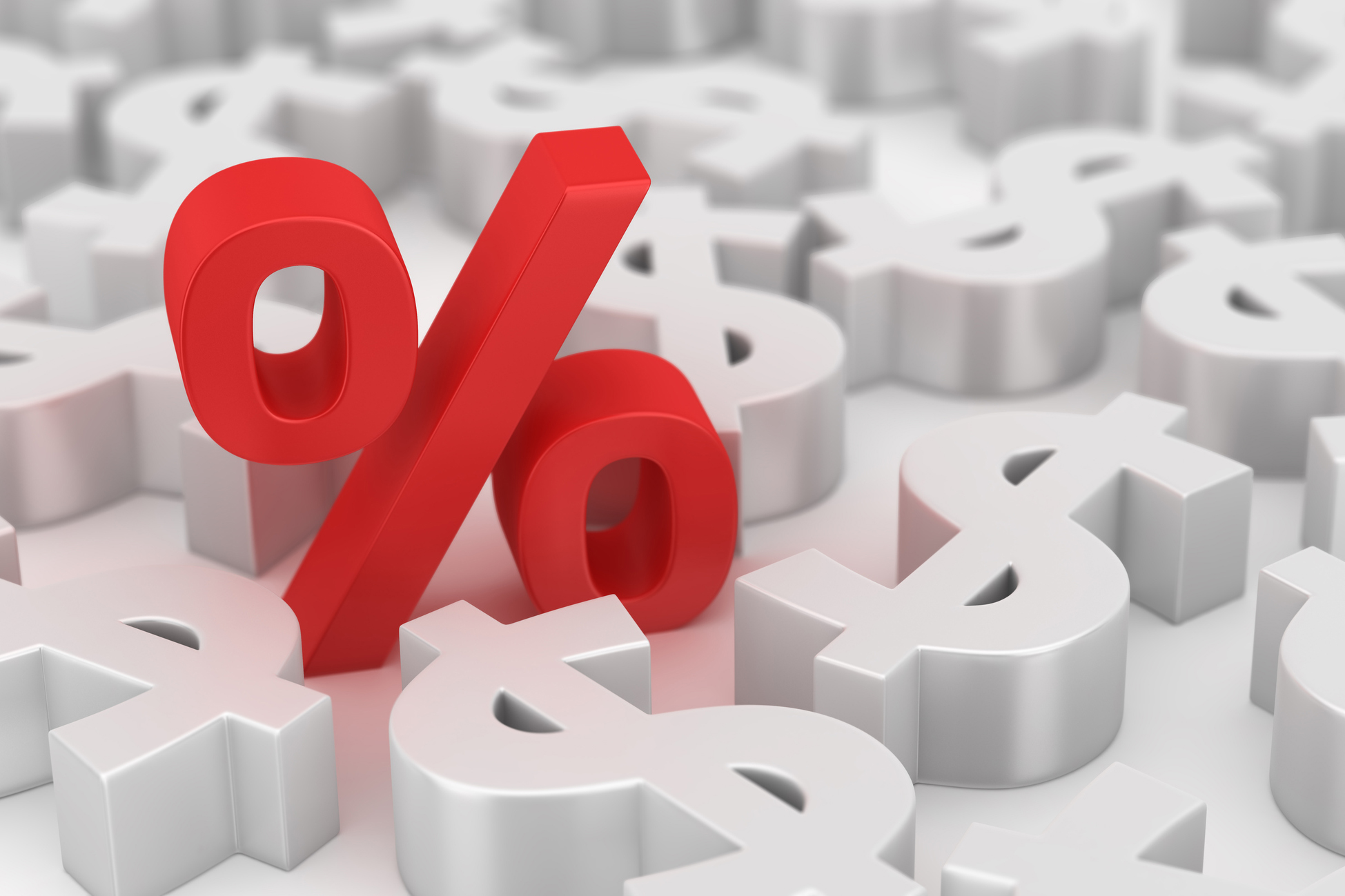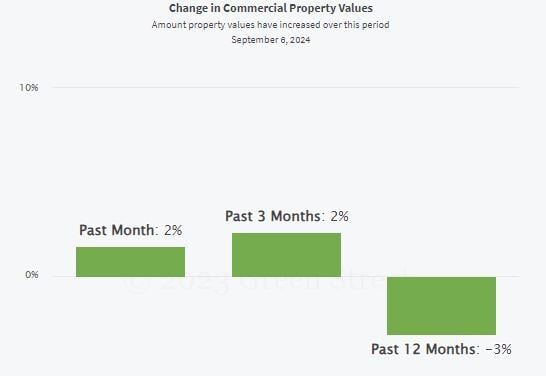Fed Rate vs Cap Rate: What Investors Need to Know
Have you noticed how rising Federal Reserve interest rates have shaken things up in the real estate world? If you’re investing in multifamily properties, understanding how the Fed rate affects cap rates is essential.
Let’s dive in and clear things up.
What’s the Fed Rate, Anyway?
Simply put, the Fed rate, or Federal Funds Rate, is the interest rate banks charge each other for overnight loans. While it sounds technical, it directly impacts every financial decision—especially multifamily real estate investments.
Cap Rates Explained (Clearly)
Cap rate, or capitalization rate, measures the return on investment for real estate properties:
Cap Rate = Net Operating Income (NOI) / Property Price
In other words, it’s your annual return based on how much income your property generates, relative to its purchase price.
How the Fed Rate Influences Cap Rates
Here’s where it gets interesting:
When the Fed raises interest rates:
- Cost of borrowing goes up: Mortgages become more expensive, reducing profitability.
- Investor returns shrink: Investors demand higher returns for the increased cost and risk.
- Property prices adjust downward: To deliver higher yields, prices typically drop, increasing cap rates.
When the Fed lowers interest rates:
- Borrowing becomes cheaper: Investors can afford to pay more for properties.
- Property prices rise: With lower financing costs, investors accept lower returns, causing cap rates to drop.
Real-World Example
Imagine buying a property with an NOI of $100,000:
- At a 5% cap rate, the property is valued at $2,000,000 ($100,000 / 0.05).
- If rates rise and investors now demand a 7% cap rate, that same property is only worth about $1,428,571 ($100,000 / 0.07).
Higher Fed rates directly impact your property values and potential returns.
Why Multifamily Investors Must Watch the Fed Closely
Understanding this relationship helps you:
- Anticipate market trends.
- Make smarter investment decisions.
- Position yourself to act quickly when market conditions shift.
Action Steps for Multifamily Investors
- Monitor Fed Announcements: Stay informed about potential rate changes.
- Analyze Cap Rate Trends: Regularly review market reports.
- Adjust Your Investment Strategy: Consider financing strategies that hedge against interest rate fluctuations.
Final Thoughts
Interest rates and cap rates don’t operate in isolation. Savvy multifamily investors keep a close eye on both, strategically aligning investments with economic conditions.
Stay informed, stay strategic, and position yourself ahead of market shifts.


